How Can AR + VR Be Used?

Last month, our team at Inphantry hosted a Boston event appropriately called, ‘How Can AR + VR be used?’
The idea, stemming from a number of conversations we’ve previously had over the past year or so in relation to a few projects, and is a direct correlation to a problem many clients, brands and agencies are facing today.
How the hell can we use AR and VR for to entice our clients and consumers?
With the tools, tricks, and good developers hard to come by, it’s a worthy endeavor in trying to find the answer to. Not to mention, you’ve got a highly competitive (and collaborative) landscape out there with agencies constantly trying to outdo one another….so what’s to be done?
Collectively, at Inphantry, we’re a bunch of techies, gamers and driven insane about crafting the perfect user-experiences, so we’re happy to try and find the answers to the above question. Even if we had to tap into some of Boston’s best and brightest minds in the AR + VR community.
The event, which took place in Mid-June, brought together some of Boston’s best and brightest minds to help answer the question…from venture capitalists, to the digital innovators at various agencies, universities and companies, we came to a few conclusions about AR + VR can be best utilized in the coming months and years.
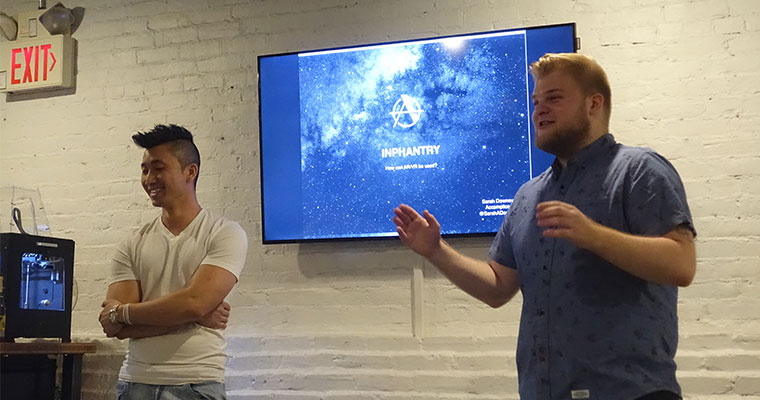
And if you need some further explanation of what AR + VR is…then look no further than these definitions below:
Augmented Reality can be summed up as a technology that superimposes a computer-generated image on a user’s view of the real world, thus providing a composite view. Think of it as seeing high definition 3D holograms in your real world, physical space.
Virtual Reality can be described as seeing a simulation of seeing a three-dimensional image or environment that can be interacted with in a seemingly real or physical way using a hand controller, headset, and earphones.
So, let’s get to it.
Gaming
This might be an obvious one, but majority of what’s already come out for AR/VR has been ‘gamified.’ Think about how Pokemon Go tackled the industry…or how Snapchat has become the world’s biggest distributor for augmented reality…couple that with the lowering cost of VR headsets, and the plethora of games, and everyone could be immersed in a variety of worlds to come. And the 8 billion dollar VR industry isn’t going to stop there…
Game developers are crafting some serious games coming out in the near future. We’re talking about gameplay that lasts tens of hours long. That means people could be strapped into headsets for a fortnight, just to tackle what these massive companies are creating. VR games are even getting into the health industry! There’s a number of startups who are creating digital experiences for people who love fitness, and want to be immersed. (Check out Holodia.)
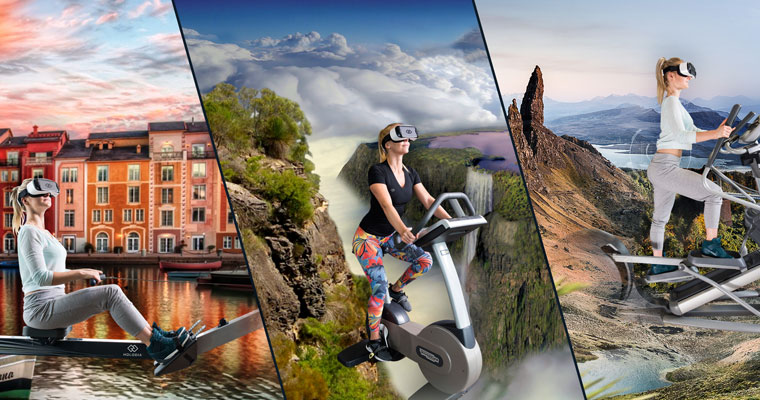
Will it stop there? Probably not. Let’s jump to a couple other use cases.
Construction / Real Estate
Real Estate probably has the most to gain from utilizing VR than any other industry out there right now…but its antiquated, old-school approach could keep it out of the fold for a while. Imagine not having to set up appointments and being able to ‘virtually’ tour any number of spaces within minutes, all around the country, state or city. Future commercial real estate platforms could easily curate and produce custom content to further entice guests and potential tenants.
And in terms of construction, imagine having an AR headset, or iPhone app where you can see the building and where things are supposed to go, as you’re building them. Cutting down costs, labor, time and increasing efficiency by putting the tools in the workers hands for what they need, when they need it. The possibilities are unbound.
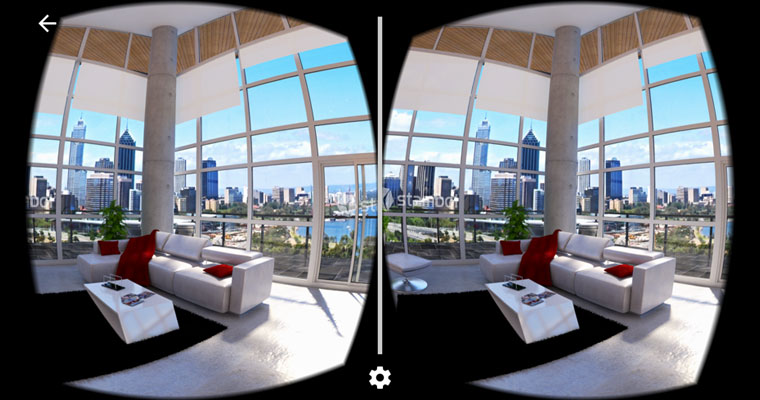
AI at Home
The time has come for ‘smart homes,’ and with Amazon’s Alexa, or Google’s home devices, augmented reality and virtual reality could easily play into the mix here…imagine being able to view the news on a flat screen display facing up on your kitchen island via AR…or having a ‘Siri’ like figure tell you about your meetings, weather, traffic or anything else you’d like to know while you’re brushing your teeth. This could end up playing huge for the artificial intelligence community, but in terms of ‘smart homes,’ AR + VR is the next logical step for Alexa and other competitors.
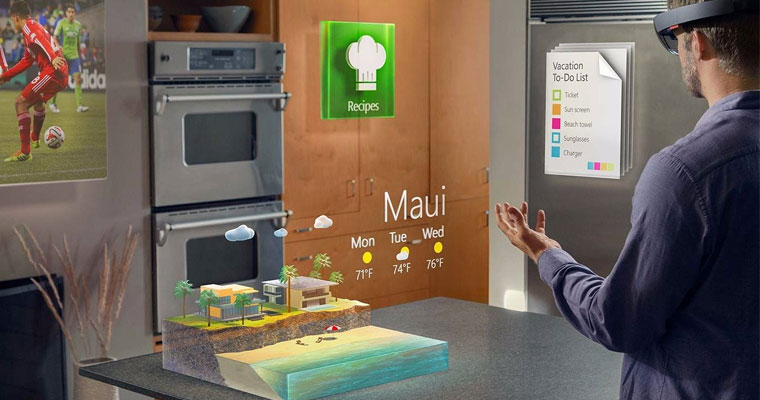
Shopping
The question about how to best revitalize the dying retail industry has been around for a long time. The answer? Well, retail isn’t really dying, but it is taking a massive hit thanks to Amazon, Jet.com and many other outlets providing hassle (and parking-free) online experiences.
AR + VR could play a huge role going forward for retailers, if they provide digital brand experiences within their store footprints. And the time is now to capitalize on it, when the AR + VR technologies are not easily affordable and not everyone has them in their homes. Not only could VR experiences provide foot traffic into deserted strip malls, but AR apps, and shopping experiences could keep millennials engaged while they shop. Lowe’s is already doing this with Lowe’s Vision: app that leads you to the right products you need, eliminating time in the store and helping you get what you need, fast.
Will other retailers adopt this strategy? Not everyone needs an app, but AR + VR experiences could be utilized in the proper way to increase engagement in stores. Some retailers, including LEGO and Best Buy, integrate pop-up experiences throughout their stores to surprise and engage consumers.
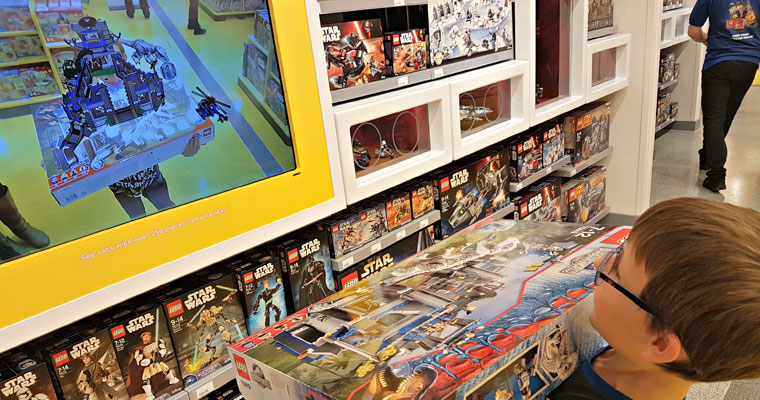
Travel
The travel industry is already utilizing walkthrough videos to help sell destinations and trips with VR. And why wouldn’t they? The best way to sell something is to SHOW them, and with the power of virtual reality, it can be done easily, faster than ever before. IT doesn’t have to be with headsets either…even something as simple as Google Cardboard can change the game. And whether travel agencies, cruise ships or someone else entirely decides to use it or not, it’s effectiveness can’t be argued. You can show someone the world, in a matter or minutes.
Even channels like Discovery Channel are putting people in the middle of swimming with sharks in the Pacific Ocean, and through these various brand experiences, people are able to go to places in the blink of an eye and do things they never would have expected to in their lives.
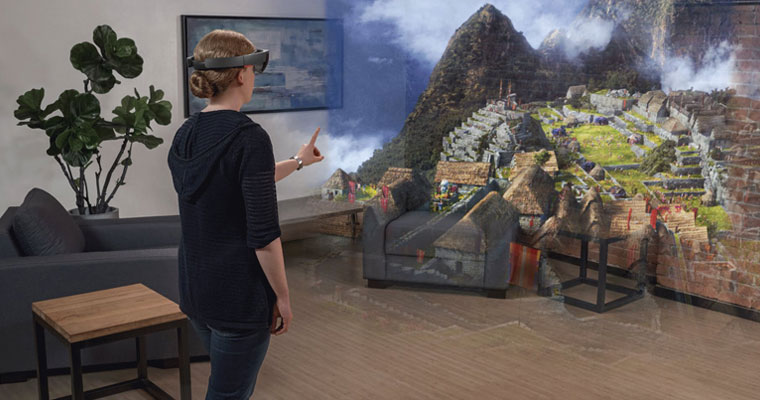
To sum it up…
These are really just the tip of the iceberg when it comes to what can be done with AR + VR. Whether or not these industries flourish with AR + VR or not remains to be seen, time will surely tell. Not to mention, there are hundreds of other potential and applicable uses for AR and VR. Just take a peek at some of Sarah Downey’s UploadVR articles for a little more enticing ideas.
Anyways, back to Inphantry. Not everything we do involves tech (or AR and VR for that matter), but we’re driven by the extreme passion of enhancing and forging the connections between brands and their consumers. And by working closely with forward-thinking agency partners, clients, and brands, we’ve been lucky to have craft digital experiences for clients like, History Channel, Delta, HSBC, Nike, and more.
Now, all of those previous digital experiences happened a bit ago (see our previous work here), when RFID was all the rage, and with that whole wave of technology having come and gone, we’re now in the midst of facing a whole new wave of emerging experiences.
Interested, yet? Let’s explore the possibilities of what can be done with AR + VR by engaging Inphantry in a phone call, or in-person meeting. There’s a whole world waiting to be immersed by your brand, company and your clients are waiting…
Drop us a line at: base@inphantry.com or tweet us @inphantry to start the conversation.
